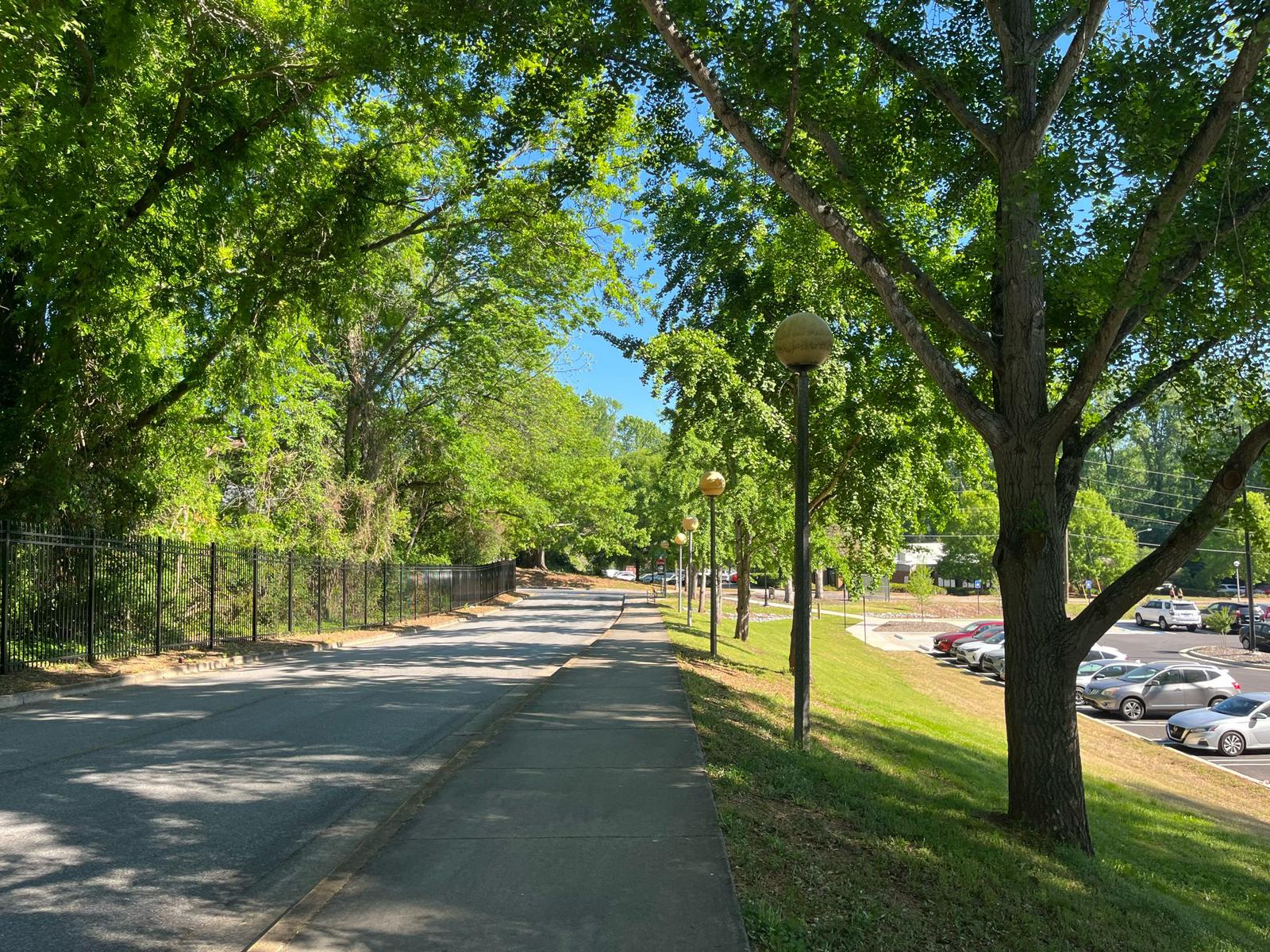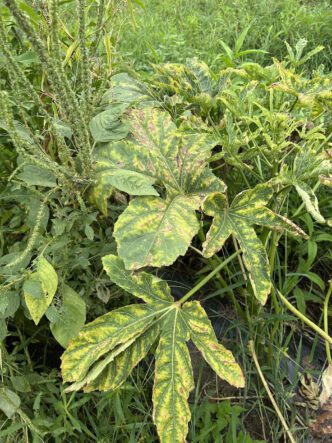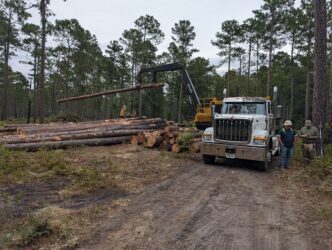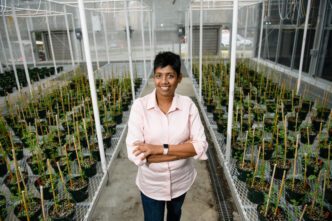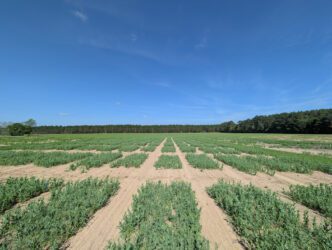Maintaining a healthy urban ecosystem should be a public health policy.
Lalita Dhal, Clemson doctoral student in forest resources
Studies have shown that tree canopies can reduce human stress, improve mood and lower blood pressure.
Now, a group of scientists led by Clemson University professor Puneet Dwivedi has found that other tree characteristics can also benefit people.
Their study, “Examining the impacts of urban tree structure and condition on adult depression in the United States,” reveals a link between crown dieback and human depression. The researchers found that well-maintained tree crowns in urban settings may help reduce depression in adults.
Connecting urban planning and mental health
This information could be valuable for urban development. The scientists believe increasing urban residents’ interaction with healthy trees may help alleviate adult depression.
“Understanding the connection between individual tree characteristics and adult depression can help with urban planning, design and maintenance practices,” said Dwivedi, professor and Glenn ’65 and Heather Hilliard Endowed Chair in Sustainable Forest Management. “A better understanding of the link between tree characteristics and mental health would inform sustainable urban design and policy decisions.”
The study was conducted in Austin, Houston and San Antonio, Texas; Portland, Oregon; Springfield, St. Louis and Kansas City, Missouri; Chicago; San Diego; and Washington.
Health data came from the Centers for Disease Control and Prevention. Urban tree inventory data came from the U.S. Department of Agriculture’s Urban Forest Inventory and Analysis Program database.
Tree characteristics linked to mental health
A total of 11 tree characteristics were studied, including basal area, tree diameter, leaf area, crown (treetop or canopy) dieback, crown ratio, crown light exposure, the number of trees planted along streets and the number of dead, decaying or damaged trees.
Dieback is often associated with root damage, severe defoliation, direct crown injury and stem damage. Crown loss can lessen trees’ aesthetic and ecosystem benefits. The study found that adult depression is related to canopy loss due to dieback.
“A previous study found that people felt better about themselves and had higher self-esteem when they walked through pleasing urban scenes with trees and other scenic views,” said Lalita Dhal, a Clemson doctoral student in forest resources from Kendrapara, Odisha, India, who participated in the study. “This study recommends greater collaboration between health and environmental professionals and planners to design solutions that ensure positive mental and physical health.
“Maintaining a healthy urban ecosystem should be a public health policy.”
Student benefits from conducting study
Information from the United Nations shows more people are moving to urban areas. Although urbanization has many benefits, including economic growth, it also poses significant challenges such as overcrowding, pollution and limited access to environmental services.
The level of adult depression in the U.S. is growing. Many people believe urban trees are an integral part of a healthy environment. The scientists involved in this study examined whether large trees and good-quality, crown-conditioned trees could help reduce adult depression.
Much of the research was conducted by Dhal, who anticipates graduating with her doctorate in 2027 or 2028. She plans to pursue a career that connects research and practice in urban forestry and public health.
“With my experience in community engagement and my doctoral studies focus, I am interested in roles focusing on policies, research or projects that make cities greener and healthier,” Dhal said.
By participating in this study, Dhal has a better understanding of how tree health is important for improving human health.
“This research experience has taught me how a healthy tree may affect public health, which will help me in my career in areas like urban planning or public health,” Dhal said. “This experience will guide me to further research into how people connect with nature and how urban forestry can play an important role in this connection.”
-END-

